|
Peter Caspari (1908-1999) Like many of the European emigre architects of the 1930s, Peter Caspari’s career had three acts. The first was his early years practicing in Berlin, before the second act brought him to London for 17 years, before the final act saw him go on to make a major impact on the urban fabric of Toronto. Caspari was born in Berlin on 22nd April 1908, and he graduated for his architectural studies in 1931. The start of his career saw him working for Erich Mendelsohn, an obvious influence on some of his later work, and also coming into contact with the Nazi architect Albert Speer. He fled Germany in 1933 for Switzerland after participating in protests against the Nazi regime during his student years. He then moved to Britain, arriving in July 1933. In London he first worked for Davis Estates, a speculative housing company, and its subsidiary the Central London Building Company, designing houses and apartment blocks. It is this part of his career that is of the most interest to us. He designed a number of houses in Hampstead Garden Suburb, as the arts and crafts suburb expanded and gently embraced modernism. Unlike the white walled houses designed by G.G. Winbourne found in Lytton Close, Caspari’s HGS houses fitted in perfectly to the prevailing Neo-Georgian environs. His houses on Norrice Lea (22-34 & 42), Litchfield Way (11,15,37 & 39) and Church Mount (22) are all in unrendered brick, usually with pitched, tiled roofs and wooden window shutters. The more moderne elements include vertical staircase windows and curved door bays. The windows on these houses also tend to have a strong vertical or horizontal emphasis. He also designed a series of apartment blocks all around the suburbs of London. The most accomplished is Kingsley Court (1934) in Willesden Green, an apartment block set on a triangular plot next to the railway line, whose curves betray an obvious influence to Mendolsohn. Other apartments of interest by Caspari include Coleman Court in Wandsworth, (apparently one of the first reinforced buildings of its type in the UK), Glyn Court in Streatham, West End Court in Hampstead and Crescent Court in Surbiton. All these apartment buildings mix elements of the moderne; Crittall windows, art deco lettering, brick banding and curved corner windows, in an arrangement that wouldn’t frighten genteel suburbia. As war broke out Caspari applied to join the Pioneer Corps, the alternative would have been internment as an enemy alien. He later studied Military Engineering, and was stationed in Cambridge and then Mill Hill. After being discharged Caspari resumed his architectural practice in London, designing some houses, offices in Ealing and an assembly hall for Stanmore synagogue. He became disillusioned with life in postwar Britain and after a fact finding trip to North America, moved onto to Canada, where he would start the third act of his career in Toronto. He began by working for the firm of Mathers and Haldenby before going it alone. His City Park of 1956 was the city's first postwar apartment block, and his buildings from the 1970s, such as the CIBC Tower and Sheppard Centre helped turn Toronto into an international city. He often took a dual role as both architect and developer, which brought into constant battles with Toronto's planning authorities, but his determined attitude often won out. Caspari retired in the early 1980’s and died in 1999.
0 Comments
Leave a Reply. |
Archives
May 2024
Categories |
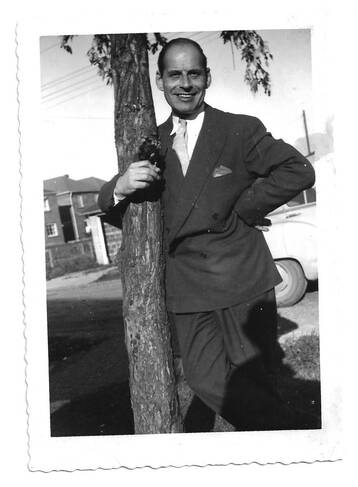
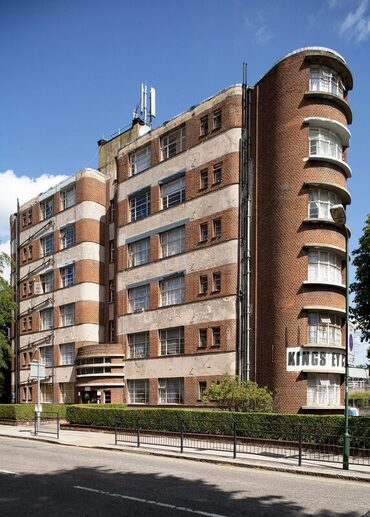
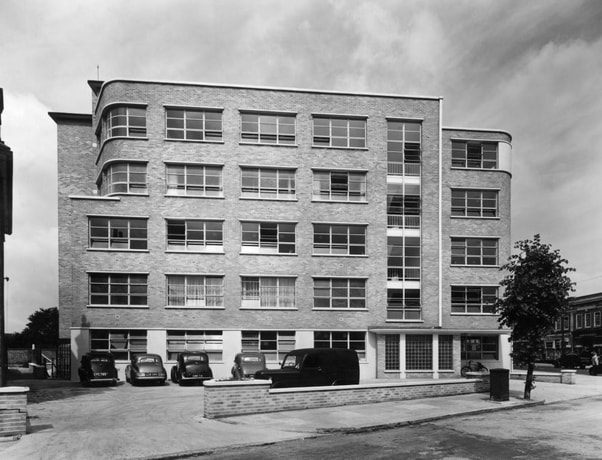
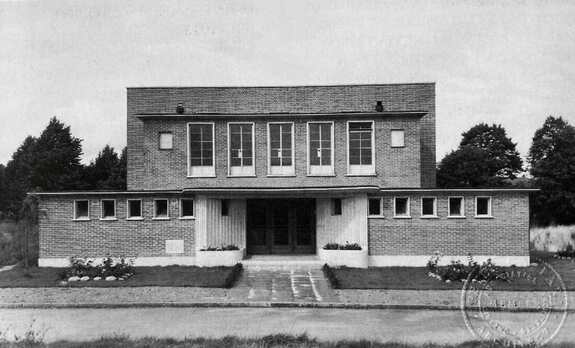
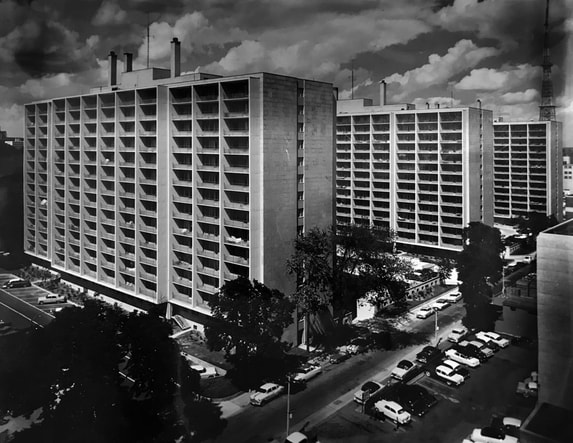
 RSS Feed
RSS Feed